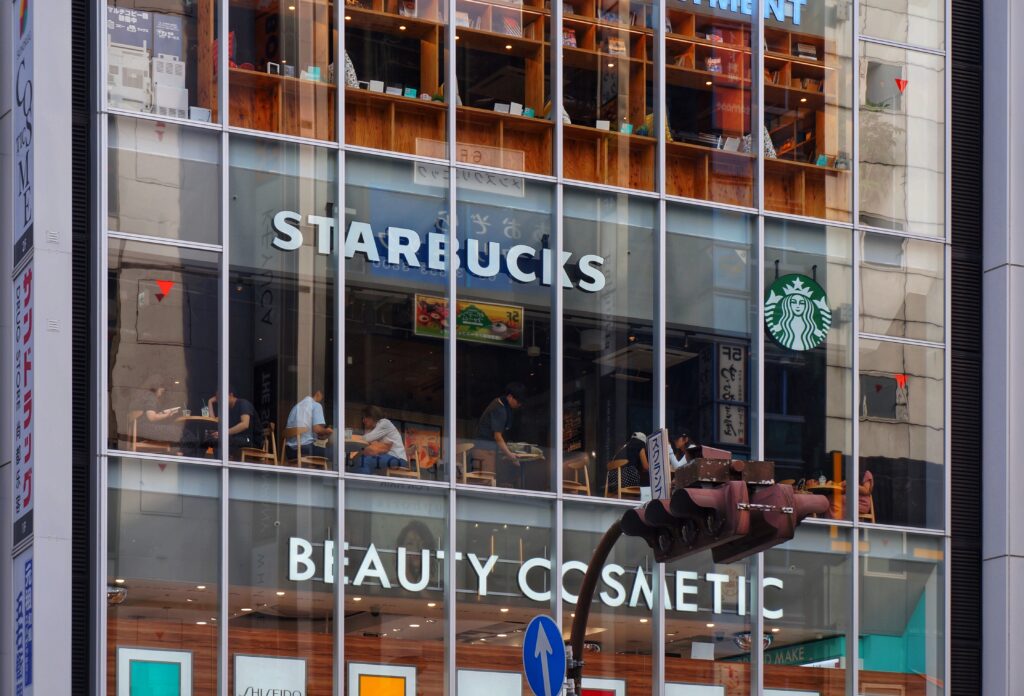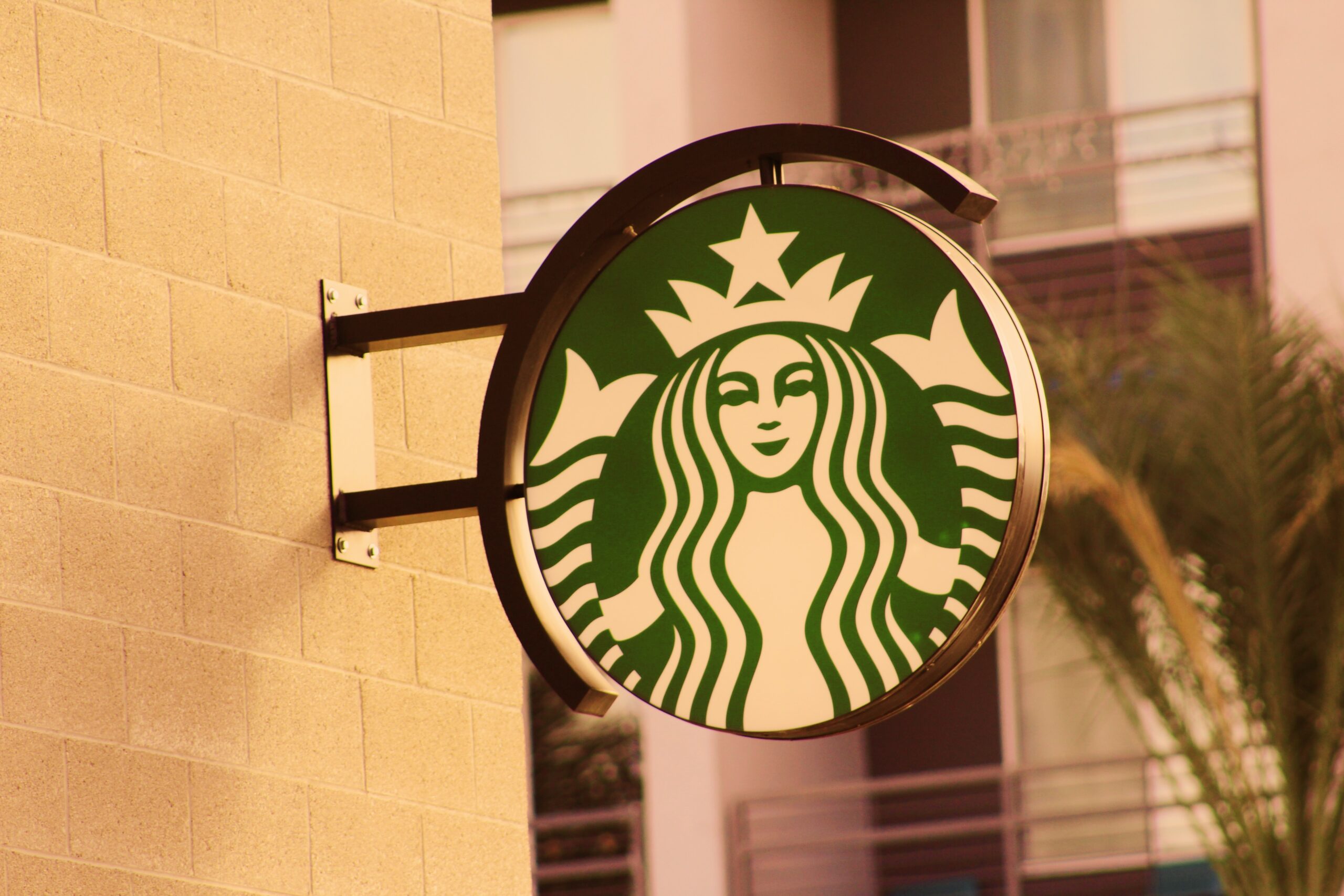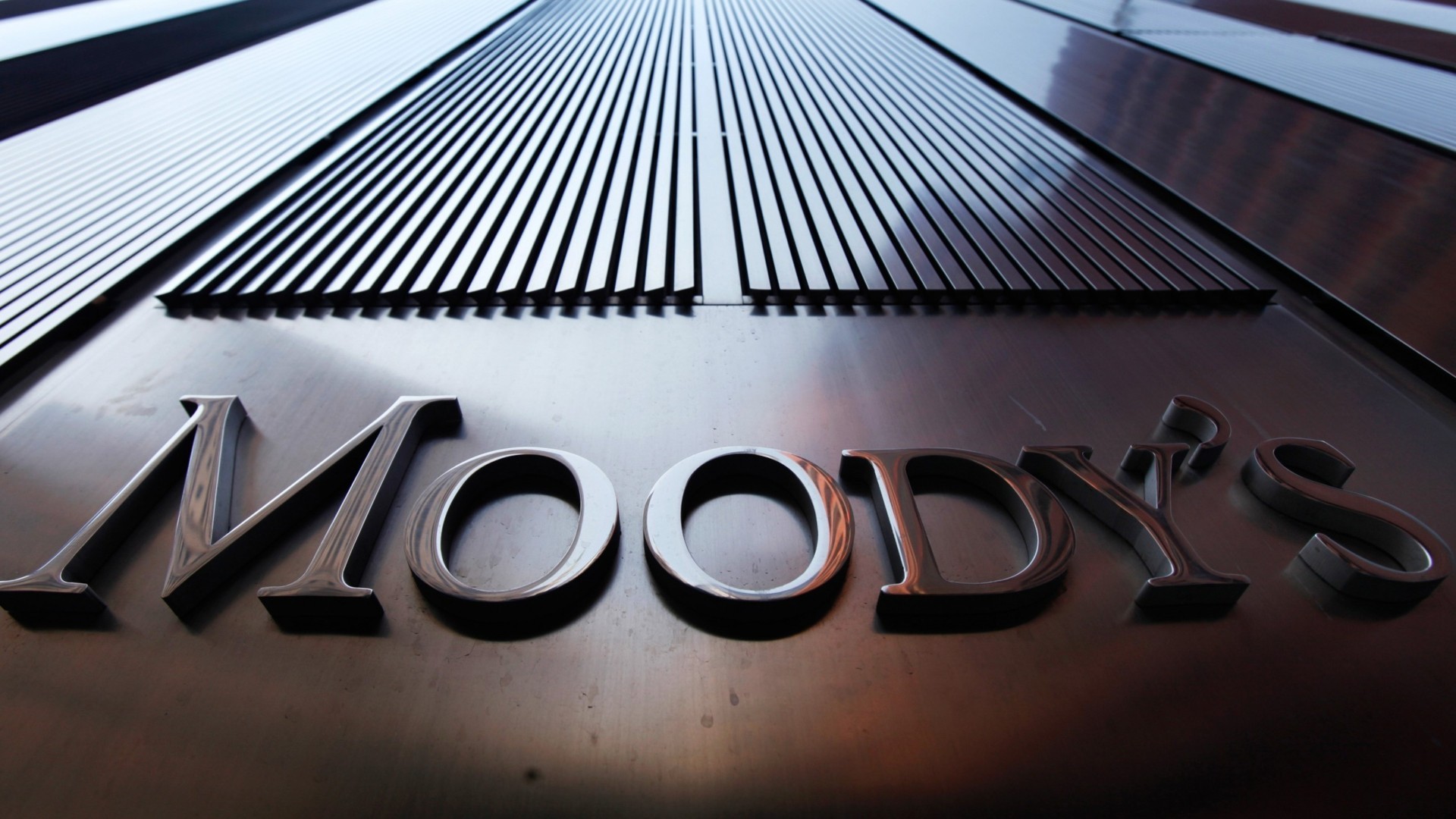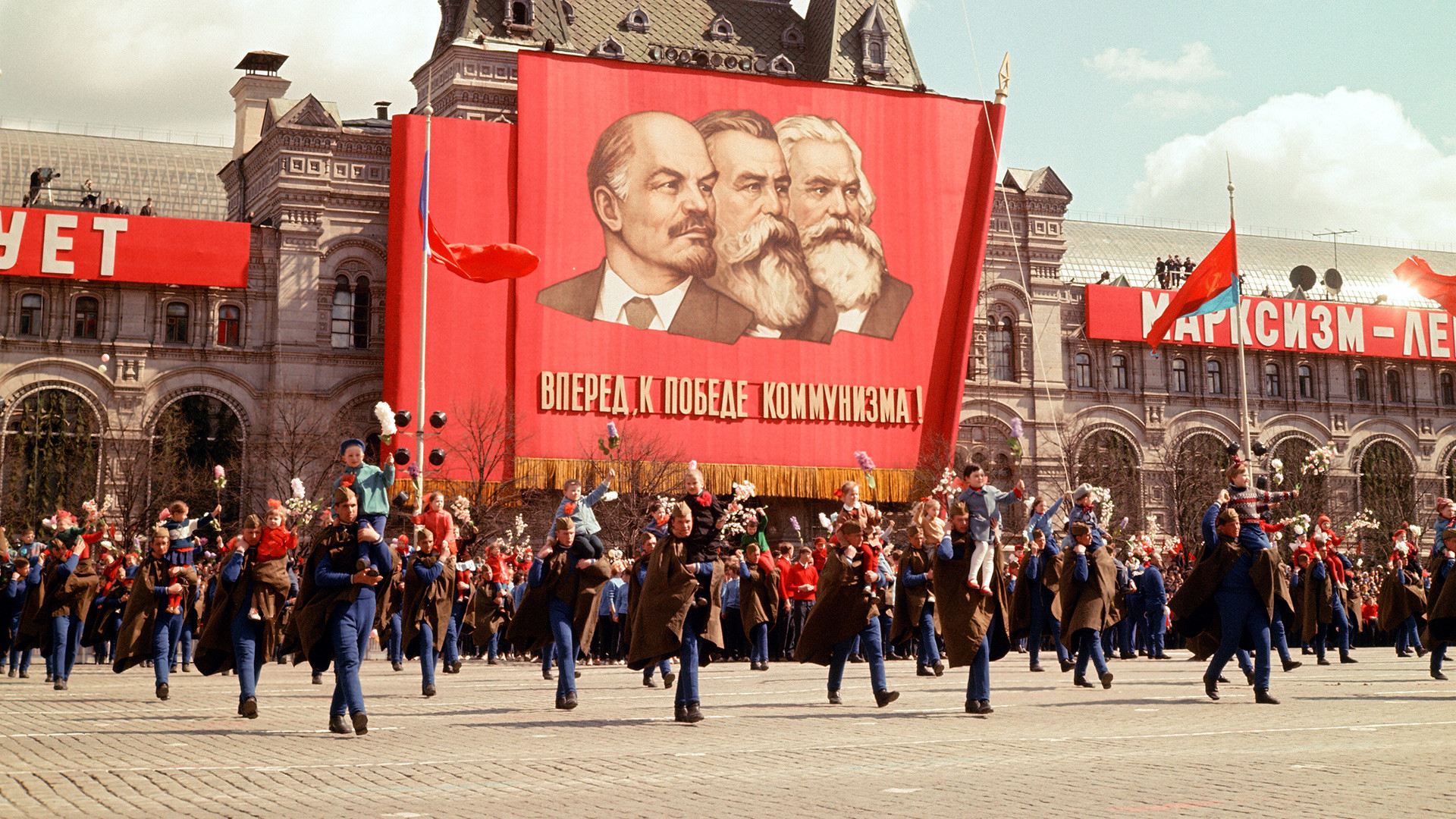Starbucks, an American corporation established in Seattle in 1971, and become one of the well-known companies around the world. The business strategy of Starbucks has facilitated the company to captivate scores of customers from all over the world, which reciprocally gives rise to being one of the biggest coffee house chains in more than 62 countries. Starbucks has been quite eminent with its coffee beverages, however, the underlying cause of success is no doubt properly designated corporate strategy. Starbucks has several ‘differentiating business strategy’ which helps lead to the desired goals, but above all, the core competence of the company is the ability to effectively employ product differentiation strategy by offering a premium product mix to its augmenting customers.


Starbucks corporate strategy is precisely based on the following pillars:
- Offering a ‘third-place’ experience: Starbucks provides stores that are situated as a ‘third place’ away from home and work. The company offers a third place in which people can spend quality time with their families, friends, colleagues, or alone. Under the corporate strategy, Starbucks stores are meticulously designated by providing free wi-fi, great service, and a warm atmosphere to make its special customers stay longer, buy more, and return for another visit.
- Selling coffee of the highest quality: Another business strategy with which Starbucks maintains its competitive advantage is product differentiation. Starbucks makes use of the best quality materials and equipment to serve its customers with the highest quality beverages and snacks. In addition to its quality offerings, Starbucks provides each customer with an unprecedented ‘Starbucks Experience’ stemming from excellent customer service, and well-maintained stores.
- International market expansion with a focus on emerging economies is one of the indispensable elements of Starbucks’ corporate strategy that focuses on the long-term growth of the company by striving to expand in emerging markets.
- Integrating technology into various business processes: Starbucks has leveraged the use of technology by integrating it into various business procedures such as product development, communication, completing sales, and monitoring the level of customer satisfaction. They make significant investments in technology in order to support their growth, which creates an ease of use process for both customers and so-called partners. For instance, instead of manual switchover, the company benefits from valve technology to conduct hastily, and efficiently its sanitary affairs in the cleaning process.


The Supply Chain Strategy of Starbucks Coffee Company is global since the majority of the company’s coffee beans come from farmers in the countries, including Guatemala, Sumatra, Kenya, Mexico, Brazil, and Ethiopia. That’s why, Starbucks carefully manages the extensive global network of trading partners, from coffee farmers to roasting plants, and to coffee distributors. At the beginning of the supply chain, coffee farmers at various locations across the globe grow the coffee beans, then coffee beans are picked, and packaged to transport coffee roasters. The roasted beans are sent to coffee distributors and move the beans to Starbuck to be purchased by customers. The company’s strategy for its supply chain, thereby, involves diversification of suppliers to ensure the stability of supply. Starbucks employs the vertically integrated supply chain meant that the company is directly involved in every step of its supply chain process from the coffee bean to the cup of the coffee sold to its customer anywhere in the world. In addition, Starbucks benefits from a ‘scorecard system’ which aligns activities within the company and among third-party relationships, so as to assess the efficiency of the supply chain.
Starbucks Generic Value Chain is made up of a combination of elements such as inbound logistics, operations, outbound logistics, services, marketing, and sales.
Inbound Logistics contains sourcing coffee from the coffee bean manufacturers, which focus on the long-term relationship with suppliers.
Operations: Starbucks has operated in more than sixty countries with their being modelled, and licensed stores.
Outbound Logistics refers to the product mix offered in-store through large box retailers. It also corresponds to the payment around source through the point of sale, and prepaid Starbucks Cards.
Marketing and Sales refer to conventional investments and marketing strategy development, including all possible activities such as excellent customer service, customer orientation, high brand equity, investing in advertising. All activities mentioned above contribute to attracting customers incrementally. Besides, the marketing activities of Starbucks mostly rely on ‘word-of-mouth’.
Service Starbucks Corporation strives to maintain its reputation by offering customer loyalty cards and providing a supreme level of customer service.
Starbucks’s supply chain strategy is an analytic framework that assists its business strategies, which creates values and a competitive advantage for the business. The major emphasis in the corporate strategy is made on differentiation. Starbucks, therefore, maintains its business activities by offering not only unique products but also providing supreme customer service with the intention of creating brand equity, and customer loyalty. In order to realize ‘selling coffee of the highest quality strategy’, Starbucks meticulously works with its partners in every stage of the supply chain process from sourcing to marketing. Moreover, Starbucks’s efforts to benefit from ‘word of mouth marketing’ help cut down expenditures on advertising and puts them in a gorgeous position among giants. Last but not least, Starbucks’s supply chain strategy helps the company identify and eliminate non-value adding activities while their international market expansion strategy is being strived to be realized.
References
- SUPPLY CHAIN MANAGEMENT A GLOBAL PERSPECTIVE, Nada R. Sanders
- Operations Management_12th_Edition_2015, William J.Stevenson
- Strategic Analysis of Starbucks Corporation by Nithin Geeredd












